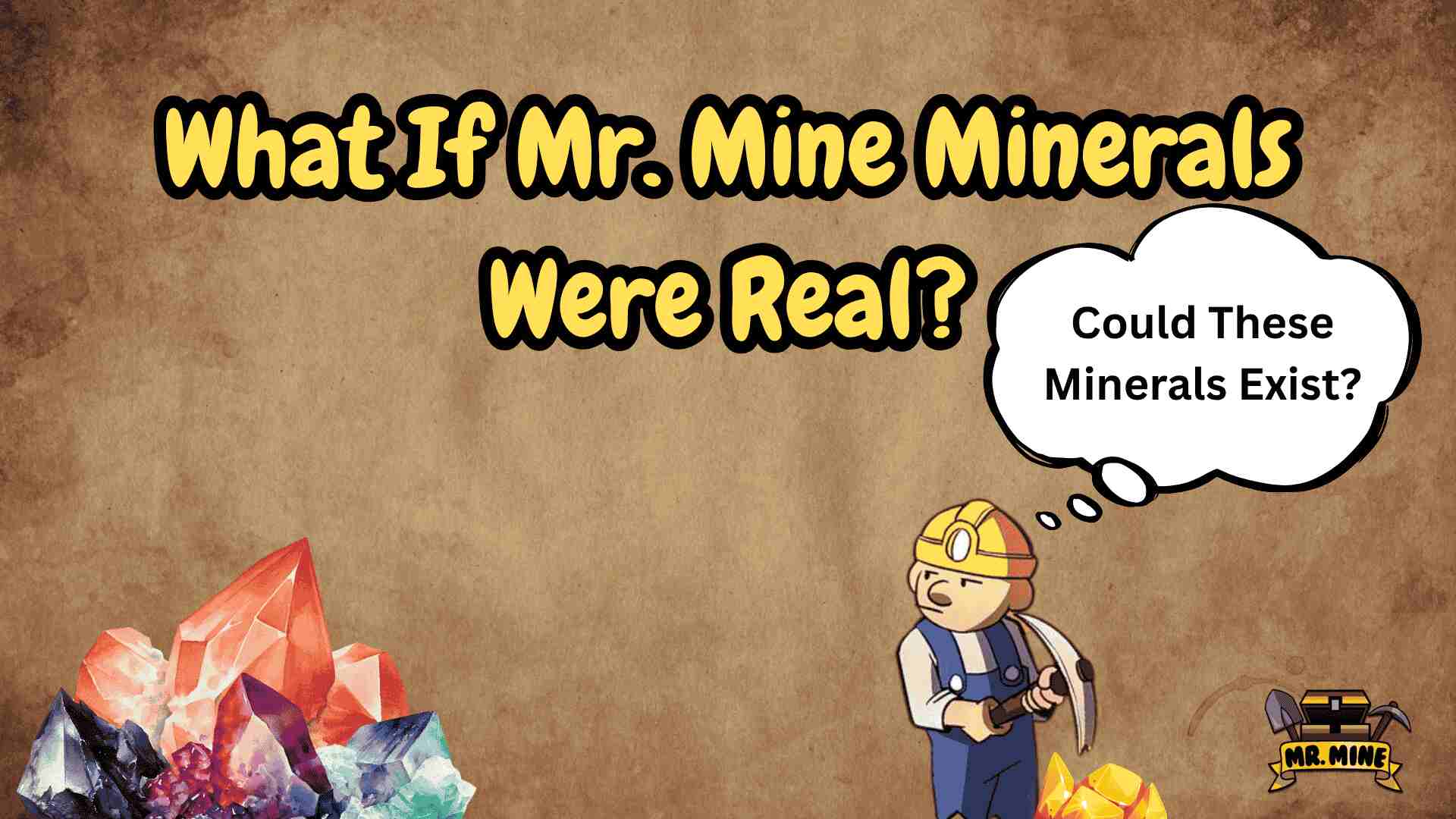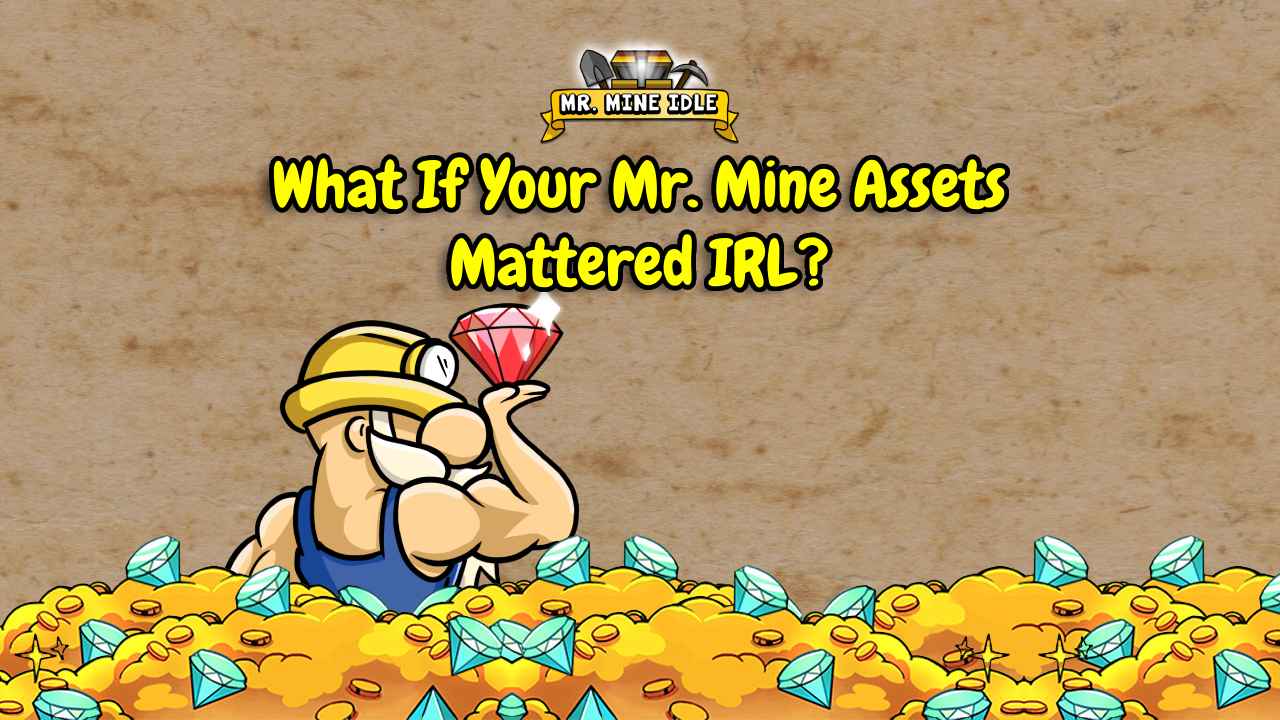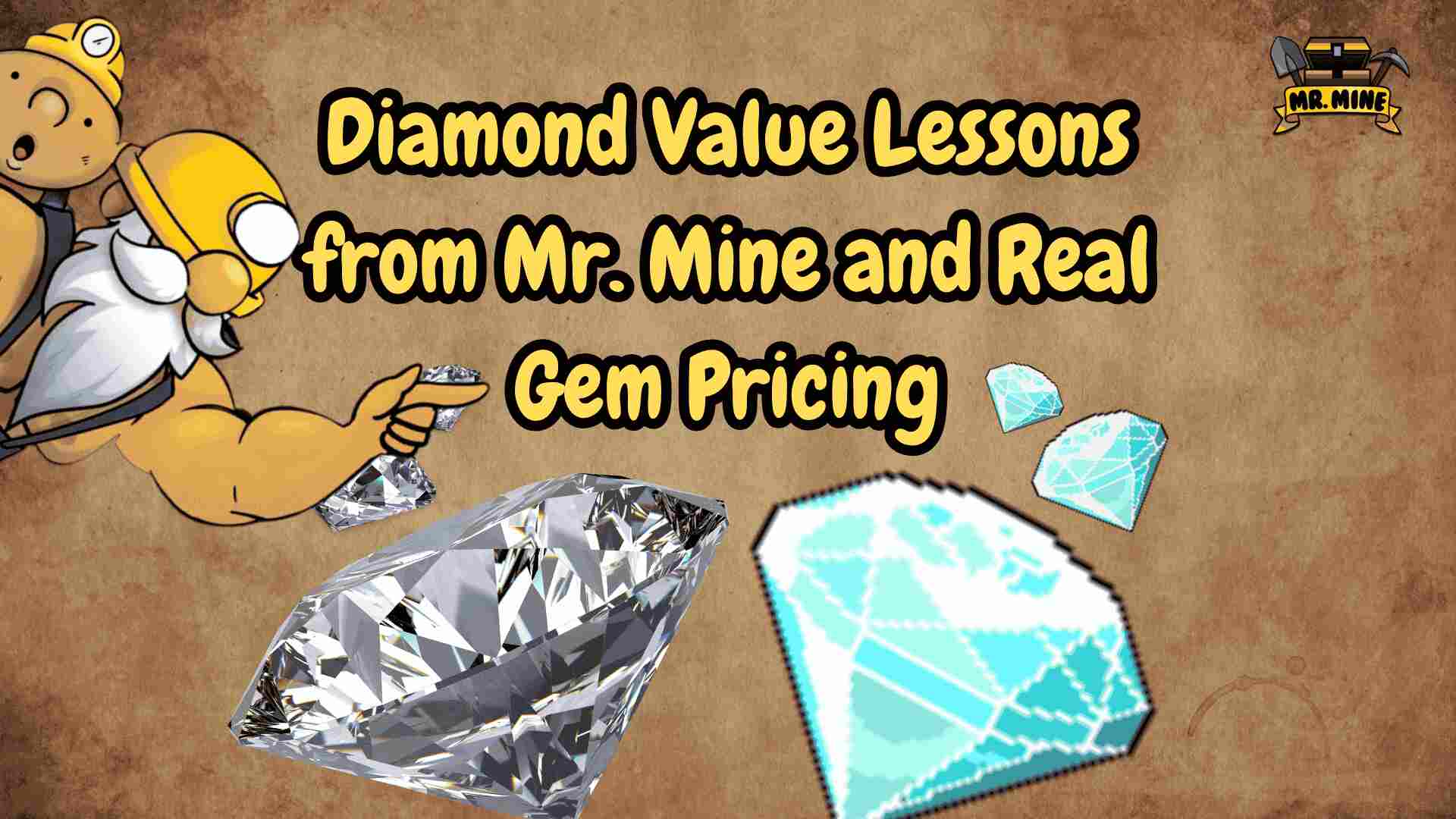Mr Mine Minerals may just seem like points in a popular idle clicker game, but imagine for a second what if those glowing, tiered gems beneath your virtual drill were more than pixels? What if they had real-world equivalents? What if mining a Red Diamond in-game meant you just unearthed something worth billions?
In Mr. Mine, an idle mining game developed by Playsaurus, players begin by digging into the earth’s crust and gradually uncover increasingly rare and valuable minerals. As they progress, they reinvest their profits to upgrade mining rigs, thereby unlocking deeper layers and accessing even more lucrative resources. But here’s the twist: many of these minerals resemble or are inspired by real geological materials.
In this article, we delve into the rich, underground fantasy world of Mr. Mine and pose a fascinating question: what would Mr Mine Minerals be worth if they existed in real life? To answer this, we’ll first examine their real-world counterparts, then explore the potential economic impact of discovering such resources, and finally calculate some eye-opening hypothetical values.
The World of Mr. Mine: A Deep Dive into Digital Excavation
Mr. Mine is part of a broader genre of mining games that tap into our primal thrill of discovery. But unlike most mining games for free you’ll find on coolmath games or mobile app stores, this one goes deep literally. As players descend beyond 100,000 meters, they steadily uncover rarer minerals, all while rescuing stranded scientists, fending off alien threats, and gradually constructing a vast underground mining empire.
The addictive loop? Drill → Earn → Upgrade → Repeat. And it works beautifully.
Each mineral has a distinct value and appearance, from coal and silver to exotic and legendary game gemstones that sound like something from a sci-fi novel.
A Tiered Breakdown of Mr. Mine Minerals
Let’s categorize them as the game does by rarity:
| Tier | Example Minerals | In-Game Role |
|---|---|---|
| Common | Coal, Iron, Copper | Basic resources with low value; commonly found in early layers. |
| Rare | Silver, Gold, Uranium | Used for mid-tier upgrades; offer moderate profit. |
| Exotic | Neodymium, Painite | High-value materials needed for deep-level upgrades. |
| Legendary | Red Diamond, Californium, Promethium | Extremely rare; unlock advanced gameplay features and big profits. |
As a result, this fantasy-based mining structure keeps Mr. Mine highly engaging, placing it alongside other best mining games such as Deep Rock Galactic or The Dig Game. But the big question remains: could any of this be real?
Real-World Equivalents: Could These Minerals Exist?
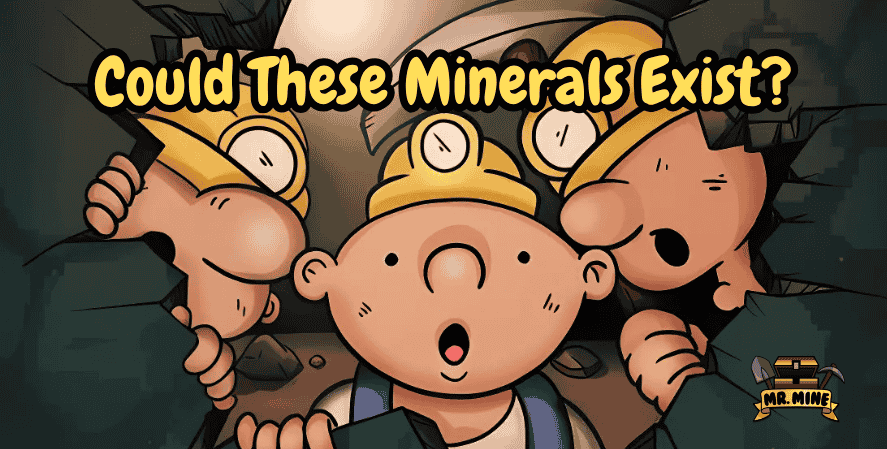
A number of the minerals found in Mr. Mine bear a strong resemblance to actual geological substances while others are purely imaginative creations. Total fiction but inspired by real scientific marvels.
Let’s dig into some of the most notable ones and see how the mining facts stack up.
Common Materials (Coal, Iron, Silver)
In reality, these minerals form the backbone of global industry; similarly, they play an essential role in Mr. Mine.
🪨 Coal
- Cost of coal (2025): ~$125 per metric ton
- Used in energy, steel production.
- Mined primarily in China, India, and the U.S.
🧲 Iron
- Price: ~$110 per ton
- Core to construction, manufacturing.
- Found abundantly worldwide.
🥈 Silver
- Spot price: ~$28/oz (2025)
- Used in electronics, jewelry, and solar panels.
- Top producers: Mexico, Peru, China.
🧠 Facts about mining: According to the World Mining Data Report 2024, over 180,000 metric tons of silver were mined globally last year.
Valuable Metals (Gold, Platinum, Uranium)
In the game, these metals are considered moderately to highly valuable; likewise, their real-world counterparts carry a comparable level of importance.
🪙 Gold
- Gold price (2025): ~$2,350/oz
- Major use: Jewelry, currency, electronics.
- Highly stable in value; mined in China, Russia, Australia.
🔘 Platinum
- Price: ~$1,050/oz
- Industrial uses: Catalytic converters, medical devices.
- Scarce, harder to extract than gold.
☢️ Uranium
- Price: ~$90/lb
- Used in nuclear reactors.
- Strategically important, limited export markets.
Ultra-Rare & Fictional Gems (Painite, Californium, Neodymium, Promethium)
At this point, these gems represent the intersection of science fiction and extraordinary real-world value.
💎 Painite
- Once the rarest gemstone in the world.
- Price: ~$60,000/carat
- Deep red, found mainly in Myanmar.
⚛️ Californium
- Radioactive element, used in nuclear reactors and neutron scanning.
- Estimated cost: $27 million/gram
- Mined synthetically almost nonexistent naturally.
🧲 Neodymium
- Key rare earth element for magnets in electronics and turbines.
- Price: ~$150/kg
- Sourced mostly from China.
🧪 Promethium
- Radioactive, extremely rare.
- Used in nuclear batteries.
- Found in trace amounts in uranium ores largely synthetic.
📚 Cited from U.S. Geological Survey (USGS), Mining Technology, and Bloomberg Metals Market Data.
The Economics of Imagination: Calculating the Value
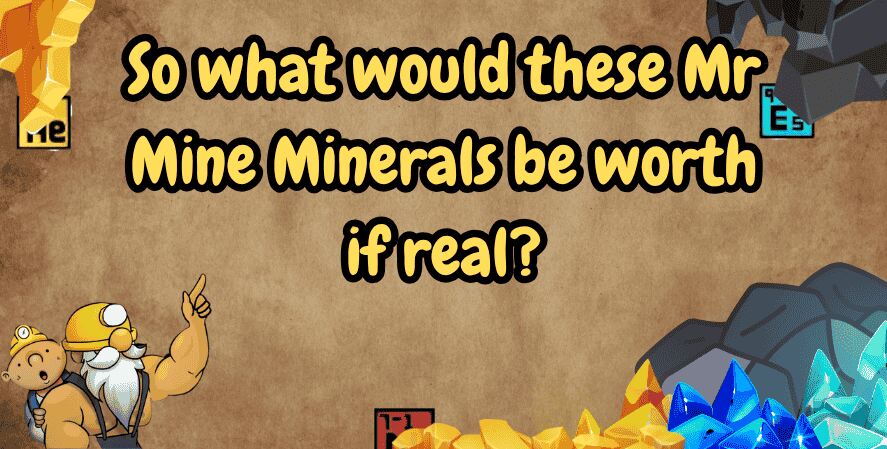
Let’s compare game value vs. real-world pricing using a basic conversion:
Formula: (In-game rarity × Real-world market price) ÷ Global availability index
| Mineral | Game Tier | Real-World Equivalent | Estimated Real Value (Per Unit) |
|---|---|---|---|
| Coal | Common | Coal | $0.10 per unit |
| Iron | Common | Iron | $0.08 per unit |
| Silver | Rare | Silver | $0.90 per unit |
| Gold | Rare | Gold | $2.50 per unit |
| Uranium | Rare | Uranium | $3.20 per unit |
| Neodymium | Exotic | Neodymium | $5.00 per unit |
| Painite | Exotic | Painite | $4500 per unit |
| Californium | Legendary | Californium | $27M per unit |
| Red Diamond | Legendary | Fictional/Hyper-Ruby | $50M+ per unit (estimated) |
Imagine mining 10 Californium units in-game. That’s $270 million. You’d be richer than most small countries.
What If Mr. Mine Minerals Were Real? A Sci-Fi Economy

Global Consequences
- Commodity Hyperinflation: Gold and platinum prices would plummet due to oversupply.
- Geopolitical Chaos: Countries would scramble for territory with rare gems like Californium.
- Tech Booms: Rare earth materials like neodymium would revolutionize electronics and clean energy.
🎮 Similar vibes found in No Man’s Sky, Starfield, and the spice economy of Dune.
The Billion-Dollar Dig
Fictional snippet: “At the 52,200-meter mark, Hank’s drill suddenly hit something crimson. It shimmered like blood beneath the floodlights Red Diamond. He found three units. Soon after, the global gold market began to crumble. Within a week, prices plummeted. By the end of the month, no less than 14 countries had filed trade disputes at the World Economic Forum. Ultimately, Hank left Earth behind and retired to Mars.”
Welcome to the sci-fi economy of limitless wealth and its consequences.
Gaming vs. Reality: What Mr. Mine Teaches About Value
Idle clickers like Mr. Mine simplify economics, but they teach us profound lessons.
- Scarcity = Value: The rarer the mineral, the more you can sell it for just like in life.
- Upgrades = Efficiency: Investing in better tools yields more profit.
- Automation: The game subtly mirrors real-world shifts toward AI-powered mining.
Quotes from Experts
🎙 “Games like Mr. Mine gamify resource management. They tap into real economic principles like supply, demand, and scarcity.” — Dr. Lina Zhou, Digital Economics Researcher, University of Melbourne
🎙 “Idle games simulate capitalism’s deepest truths. You work, you extract, you scale. “Eventually, the entire process becomes automated.” — Chris Zukowski, Game Industry Analyst
Also, unlike violent or risky games, Mr. Mine belongs to a category of safe kid games, blending geology games with financial literacy in a subtle but powerful way.
Conclusion
So, what did we uncover?
- Many Mr Mine Minerals have real-world counterparts.
- Rare materials like Californium and Painite are shockingly valuable.
- A real-world Mr. Mine economy would revolutionize tech and probably break global trade.
- Behind the pixels lies a cleverly disguised lesson in mining facts, scarcity, and market economics.
Whether you’re into gold mining games, coolmath games, or just love a good game gemstone, the next time you dig deep in Mr. Mine, think: “What if this were real?”


